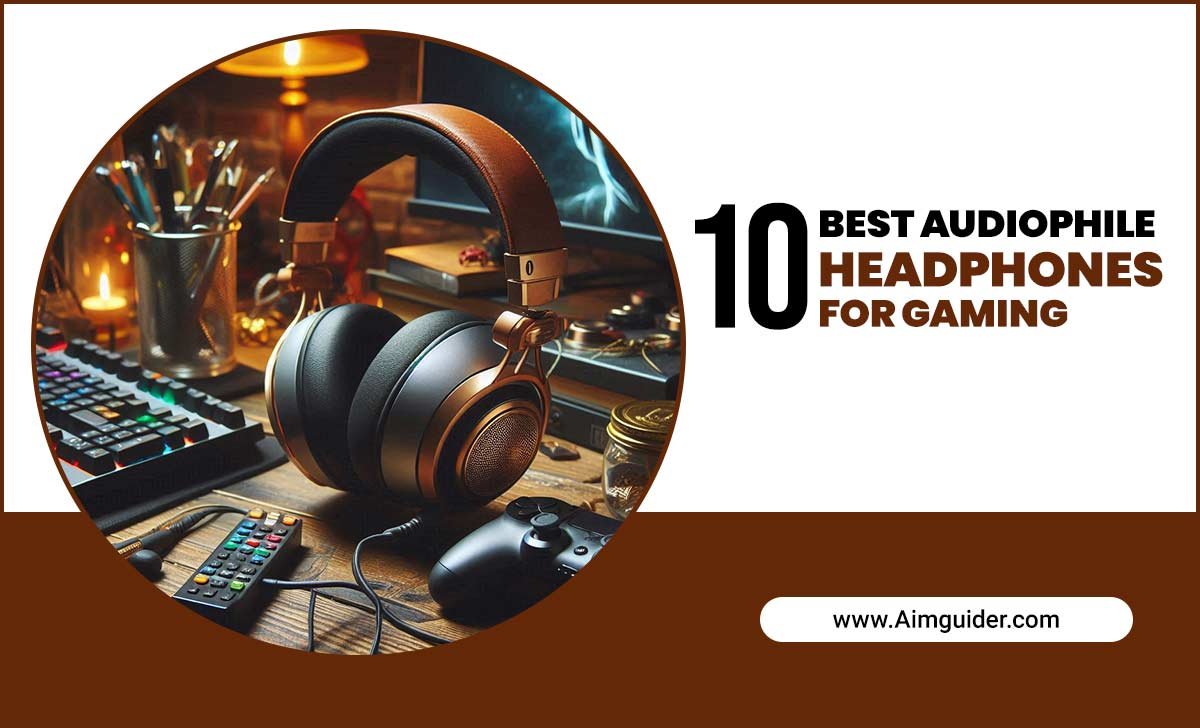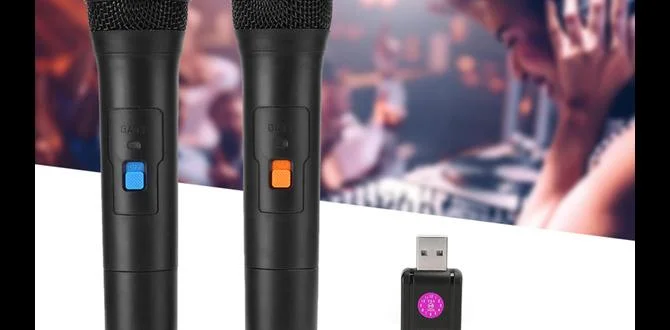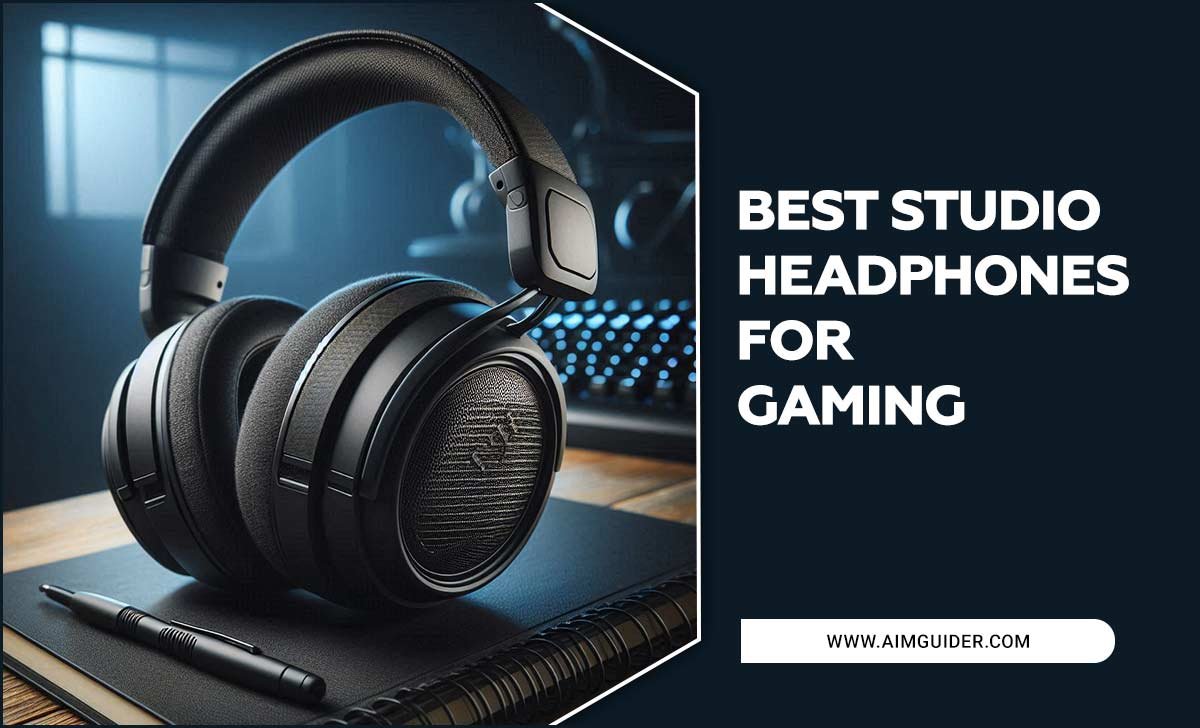Quick Summary
Choosing between the LG C3 and Samsung S90C? For the brightest picture and vibrant colors, the Samsung S90C often takes the lead, especially in well-lit rooms. The LG C3 excels with near-perfect black levels and smoother motion handling, making it a favorite for movie nights and gaming in darker environments. Both are fantastic, but your viewing habits will guide the essential choice for your home.
Hey everyone, Bob E Riley here! So, you’re in the market for a new TV, and you’ve narrowed it down to two seriously impressive OLED contenders: the LG C3 and the Samsung S90C. It’s a common dilemma, and honestly, it can feel a bit overwhelming with all the tech specs and marketing talk flying around. But don’t worry, we’re going to break it all down, nice and simple. We’ll look at what makes each TV special, who they’re best for, and help you make that perfect pick for your living room. Get ready to see things in a whole new light!
LG C3 vs Samsung S90C: The OLED Showdown for 2023
Both the LG C3 and the Samsung S90C are top-tier OLED televisions, meaning they produce incredible picture quality with perfect blacks and vibrant colors. But how do they stack up against each other for the everyday viewer? As your guide here at Aimguider, I aim to cut through the complexity and give you the straightforward advice you need. Let’s dive into what sets these two giants apart.
Understanding OLED Technology: Why It Matters
Before we get into the nitty-gritty of the C3 and S90C, it’s helpful to remember what makes OLED (Organic Light Emitting Diode) technology so special. Unlike traditional LED TVs that use a backlight, each pixel in an OLED display generates its own light. This means:
- Perfect Blacks: When a pixel needs to be black, it simply turns off. This results in infinite contrast and true blacks that are impossible for LED TVs to achieve.
- Incredible Contrast: The ability to have bright whites right next to perfect blacks creates stunning depth and realism in the picture.
- Wide Viewing Angles: Colors and contrast stay consistent even when you’re watching from the side.
- Fast Response Times: Each pixel can change color incredibly quickly. This is fantastic for fast-paced action movies and, of course, gaming.
This fundamental technology is why both the C3 and S90C offer such a visually arresting experience. However, there are subtle differences in how LG and Samsung implement their OLED panels and processing that can sway your decision.
Picture Quality: Brightness, Color, and Contrast
This is where most of the comparison between the LG C3 and Samsung S90C revolves. Both are excellent, but they have different strengths.
Brightness & Color: The Samsung S90C Advantage
The Samsung S90C, featuring Samsung’s QD-OLED technology, generally pulls ahead in terms of peak brightness and color volume. What does this mean for you?
- Brighter Highlights: The S90C can push its highlights brighter than the C3. This is particularly noticeable in HDR (High Dynamic Range) content, where bright spots like explosions, sun in a landscape, or headlights will really pop.
- Wider Color Gamut: QD-OLED uses quantum dots, just like in Samsung’s QLED TVs, to produce even more vibrant and saturated colors. This can make content look richer and more lifelike, especially in well-lit scenes.
- Better in Bright Rooms: If your TV is in a living room that gets a lot of natural light during the day, the S90C’s superior brightness and color saturation will help its picture cut through the ambient light more effectively.
For consumers who prioritize the absolute brightest and most colorful image, especially for HDR viewing in moderately to very bright environments, the S90C often has the edge. You can learn more about how HDR works from the Dolby Vision standards.
Contrast & Black Uniformity: The LG C3 Excels
While the S90C is bright, the LG C3, using LG Display’s advanced WOLED panel, offers exceptional contrast and black uniformity. This is a hallmark of LG’s OLEDs.
- Near-Perfect Blacks: Both TVs offer perfect blacks thanks to OLED, but the C3 can sometimes achieve a slightly deeper, more uniform black across the entire screen, especially in darker scenes when there are very subtle gradations of gray.
- Subtle Shadow Detail: In very dark scenes, the C3 might reveal more subtle details in the shadows, which can be crucial for appreciating the artistic intent in movies or spotting enemies in dark game environments.
- Consistent Performance: LG’s WOLED technology is incredibly mature and consistently delivers outstanding black levels and contrast, which is a major draw for cinephiles and those who watch a lot of content in dimly lit rooms.
If you’re someone who loves movie marathons in a dark room or plays games where spotting every detail in dark corners is crucial, the C3’s ability to render near-perfect blacks flawlessly is a significant advantage.
Key Differences at a Glance
To help visualize the core distinctions, let’s put some key features side-by-side.
| Feature | LG C3 | Samsung S90C |
|---|---|---|
| Panel Technology | WOLED (White OLED) | QD-OLED (Quantum Dot OLED) |
| Peak Brightness | Very High | Extremely High |
| Color Volume | Excellent | Superior |
| Black Levels | Perfect / Near-Perfect | Perfect |
| Contrast Ratio | Infinite | Infinite |
| HDR Support | HDR10, HLG, Dolby Vision | HDR10, HDR10+, HLG |
| Gaming Features | HDMI 2.1 (4 ports), VRR, ALLM, 120Hz | HDMI 2.1 (4 ports), VRR, ALLM, 144Hz (on some sizes) |
| Smart TV Platform | webOS | Tizen |
| Sound Processing | AI Sound Pro | Object Tracking Sound Plus |
Gaming Performance: A Tie for Most, But Nuances Exist
Both the LG C3 and Samsung S90C are fantastic choices for gamers, offering nearlylag-free gaming with stunning visuals. Both support key gaming features:
- HDMI 2.1 Ports: Essential for next-gen consoles like the PlayStation 5 and Xbox Series X, enabling 4K gaming at 120fps. Both TVs offer multiple HDMI 2.1 ports (typically four).
- Variable Refresh Rate (VRR): This synchronizes the TV’s refresh rate with the game’s frame rate, eliminating screen tearing and stuttering for smoother gameplay.
- Auto Low Latency Mode (ALLM): Automatically switches the TV to its game mode when it detects a game console is connected, ensuring the lowest possible input lag.
- Low Input Lag: Both TVs boast incredibly low input lag, meaning your button presses register almost instantaneously on screen.
The C3 offers up to 120Hz refresh rate, which is excellent for most gaming. The S90C, however, can go up to 144Hz on certain screen sizes (like the 55-inch and 65-inch models), which is a slight edge for PC gamers with very high-end graphics cards that can push that many frames. You can check the refresh rate specifications for PC gaming from resources like Rtings.com’s detailed reviews.
For console gamers, the difference will be negligible. The C3 even has a slight advantage in motion handling for incredibly fast-paced games due to LG’s mature processing. However, the S90C’s brighter picture might make vibrant game worlds pop even more.
Sound Quality: Built-in Options
Let’s be honest, the built-in speakers on any modern flat-screen TV are rarely their strong suit, and this is true for both the C3 and S90C. However, manufacturers are constantly improving them.
LG C3 Sound
The LG C3 features AI Sound Pro, which aims to upscale audio and create a virtual surround sound experience. It offers decent clarity for dialogue and general TV watching. For a more immersive audio experience, however, we always recommend a soundbar or a dedicated home theater system.
Samsung S90C Sound
Samsung equips the S90C with Object Tracking Sound (OTS) technology. This system uses AI to analyze on-screen action and direct the sound to appear as if it’s coming from where the action is happening on the screen. It’s a neat trick that can add a bit of spatial awareness to the audio.
Our Recommendation: While both offer decent basic sound, neither replaces a dedicated sound system if audio quality is a priority for you. If you already have a soundbar or home theater setup, the TV’s built-in speakers are less critical. If you’re starting from scratch and want great sound, consider a reputable soundbar like a Sonos Beam or a Samsung Q-Series soundbar to complement your new TV.
Smart TV Platforms: webOS vs. Tizen
Your smart TV platform is how you’ll access streaming apps, browse the web, and control your TV. Both LG’s webOS and Samsung’s Tizen are mature and user-friendly, but they have different looks and feels.
LG’s webOS
LG’s webOS is known for its intuitive interface, often featuring a “launcher bar” at the bottom of the screen that gives you quick access to apps and settings. It’s generally clean, easy to navigate, and supports a wide range of streaming services. LG’s Magic Remote, with its pointer function, can make navigation very fast.
Samsung’s Tizen
Samsung’s Tizen platform is also very capable, offering a full-screen interface with app icons and recommendations. It’s designed for speed and simplicity, with a focus on content discovery. Samsung’s remotes are typically more minimalist, often with fewer buttons but still effective for navigation.
Which is better? This is largely down to personal preference. If you’re already familiar with one platform, you might lean towards that brand. Both support all the major streaming apps like Netflix, Hulu, Disney+, YouTube, and more. You can find comprehensive lists of supported apps for each platform online, for example, on official Samsung and LG support pages.
Design and Build Quality
When it comes to aesthetics, both the C3 and S90C are incredibly slim and sleek, as is typical for OLED TVs. They are designed to look good mounted on a wall or placed on a stand.
- LG C3: The C3 is exceptionally thin, especially towards the center. It boasts LG’s signature minimalist design with slim bezels. The stand varies by screen size but is generally sturdy and well-designed.
- Samsung S90C: The S90C is also remarkably thin, but due to its QD-OLED panel structure, the bottom portion where the processing components are housed might be slightly thicker than the C3. The overall design is modern and premium, and it often comes with a slim, elegant stand that complements its premium look.
Both TVs feel premium and are built to last. The choice often comes down to personal aesthetic preference regarding the stand and the overall profile of the TV.
Price and Value
Price is always a significant factor. Typically, the LG C3 has been on the market longer and is often found at slightly more competitive price points than the Samsung S90C, especially as the C3 has been around for a full model year. However, both are premium products, and their prices fluctuate.
Consider:
- What’s your budget? While both are high-end, one might fit your budget better at any given time.
- When are you buying? Prices tend to drop closer to new model releases. The C3, being part of a previous generation’s earlier sales cycle, might offer better deals.
- What features are you willing to pay for? If peak brightness and quantum dot color are deal-breakers for you, the S90C is worth the potential extra cost. If near-perfect blacks and Dolby Vision are paramount, the C3 might offer better value, especially if you find it on sale.
So, Which One is Right for You?
The decision between the LG C3 and Samsung S90C really boils down to your primary use case and viewing environment.
Choose the LG C3 if:
- You primarily watch TV in a dimly lit or dark room.
- You are a cinephile who prioritizes perfect black levels and subtle shadow detail.
- You want Dolby Vision support for HDR content.
- You are a gamer and want an exceptional experience with virtually no motion blur and a mature interface.
- You can find it at a more attractive price point, offering excellent value.
Choose the Samsung S90C if:
- You watch a lot of TV in a bright room and want a picture that can combat ambient light.
- You prioritize the absolute brightest HDR highlights and the most vibrant, saturated colors.
- You game on a PC and can take advantage of the 144Hz refresh rate.
- You prefer Samsung’s Tizen smart TV platform.
- You want the latest QD-OLED technology for cutting-edge picture performance.
Both TVs are excellent, and you’re unlikely to be disappointed with either. The “essential choice” depends on what features will make the biggest difference in your daily viewing.
Frequently Asked Questions (FAQ)
Q1: Which TV is better for gaming, the LG C3 or Samsung S90C?
A: Both are fantastic for gaming. The LG C3 offers up to 120Hz refresh rate and excellent motion handling. The Samsung S90C can go up to 144Hz (on select sizes), which is a slight advantage for high-end PC gaming. For consoles, the difference is minimal; both provide low input lag and VRR support.
Q2: Does the LG C3 or Samsung S90C have a brighter picture?
A: The Samsung S90C generally achieves higher peak brightness levels due to its QD-OLED technology. This makes it perform better in bright rooms and makes HDR content “pop” more.
Q3: Which TV supports Dolby Vision?
A: The LG C3 supports Dolby Vision, HDR10, and HLG. The Samsung S90C supports HDR10, HDR10+, and HLG, but it does not support Dolby Vision.
Q4: What is the main difference in panel technology?
A: LG uses WOLED (White OLED) technology, while Samsung uses QD-OLED (Quantum Dot OLED). QD-OLED adds a layer of quantum dots to improve brightness and color volume, leading to Samsung’s advantage in those areas.
Q5: Which smart TV platform is better, LG’s webOS or Samsung’s Tizen?
A: Both platforms are excellent, user-friendly, and support all major streaming apps. The choice is largely personal preference. webOS is known for its pointer remote, while Tizen focuses on content discovery.
Q6: Are both TVs good for watching movies in a dark room?
A: Yes, both are excellent for dark room viewing due to their OLED panels producing perfect blacks. However, the LG C3’s extremely consistent black uniformity might give it a slight edge for critical movie watching in very dark conditions.
Conclusion: Your Perfect Picture Awaits
We’ve navigated the exciting world of OLED TVs and compared the LG C3 and Samsung S90C feature by feature. It’s clear that both are phenomenal choices, representing the pinnacle of consumer TV technology for 2023.
If your priority is basking in the glow of the brightest, most vibrant images, especially in a room that doesn’t stay dark all day, the Samsung S90C with its QD-OLED panel and superior brightness is likely your winner. It truly brings a cinematic punch to







